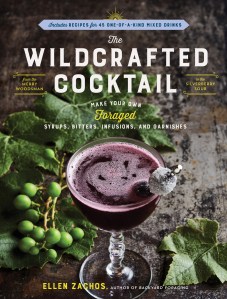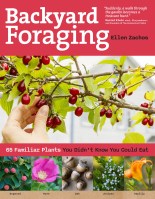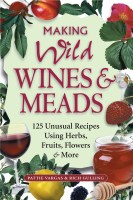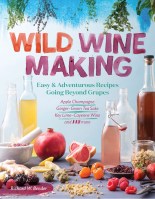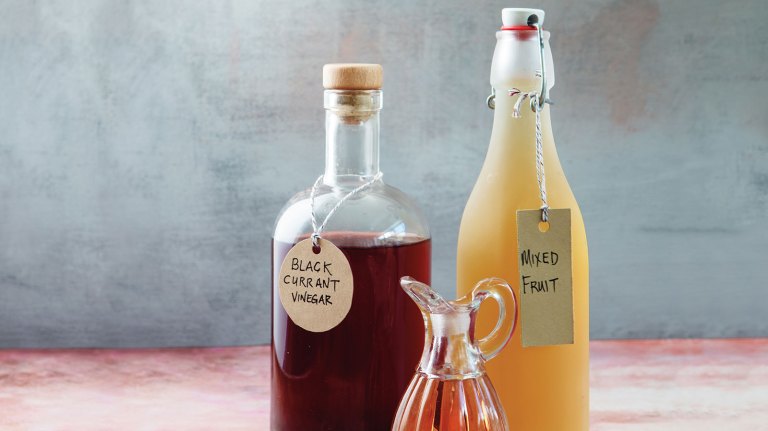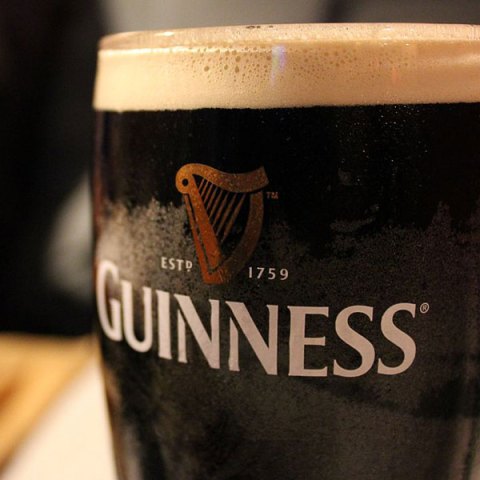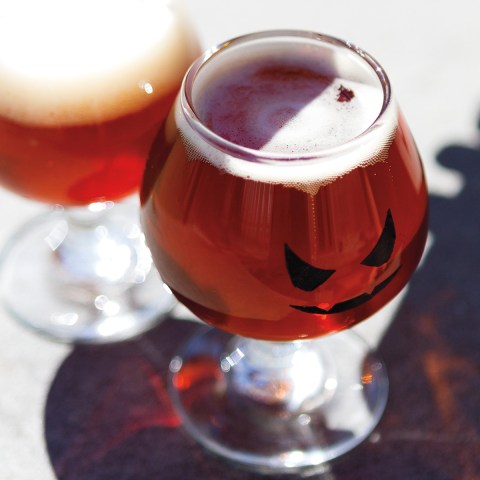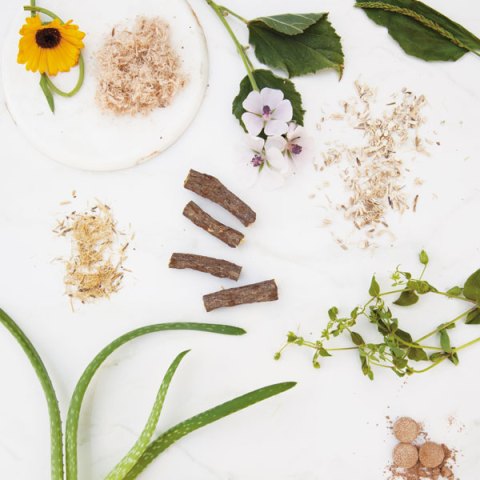The Stinger in the Rye: a Foraged Nettle Cocktail
The liquid that’s left after cooking nettles to remove their sting can be made into a nutrient-rich tea. But it also makes a delicious cocktail ingredient.
Why would anyone want to forage for cocktail ingredients? It’s so much easier to go to a liquor store, or a grocery store, or a farmers’ market. Why would you choose to tromp through the woods, hunt down some edible plants, carry them home, clean them off, and figure out how to use them in a cocktail?
Foraging has its own unique pleasures. Though we no longer need to forage to survive, many of us still find it fascinating and satisfying. Is it the lure of free food? The thrill of the hunt? The promise of unbuyable flavors? For people who appreciate unusual tastes, wild edibles offer exciting ingredients and new opportunities. If you’re already a forager, many of the ingredients in my book The Wildcrafted Cocktail will be familiar to you. If you’ve never foraged before, welcome to the club! I suggest you start by learning more about edible plants in your area. Pick one or two field guides and really get to know your plants. Join an online wild foods group or local foraging club, read everything you can get your hands on. I can’t stress enough how important proper plant identification is.
One of the best things about foraging is that you harvest wild edibles at their peak and use them, or preserve them, when they’re at their most delicious. The easiest way to start incorporating foraged ingredients into your cocktails is by making some simple substitutions. You’re probably familiar with traditional ingredients like lemon juice, simple syrup, and soda, but can you capture those same flavors with wild ingredients? Absolutely.
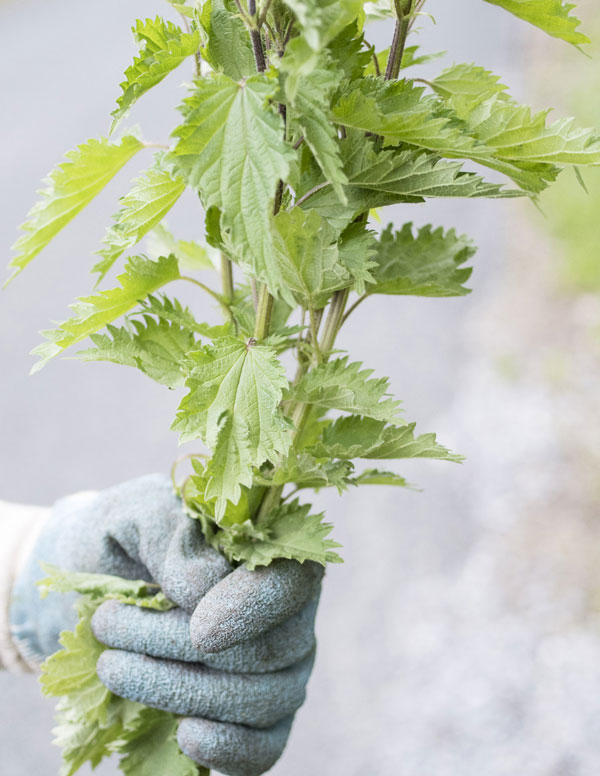
Stinging nettles are a much loved wild green, a favorite among foragers. There are several species of edible nettles, but the stinging nettle (Urtica dioica) is the most common. The stems and undersides of stinging nettle leaves are covered with tiny, hollow hairs (trichomes) that contain several chemicals, including histamine and formic acid. When the hairs are broken — when you touch the leaves, for example — they release the chemicals, which causes the infamous sting.
Nettles are most tender and tasty in spring, before they flower. Use sturdy gloves (the stingers can penetrate light cloth) to pick the top several pairs of leaves and stems. Nettle stingers are destroyed by cooking and drying; either method renders this tasty plant harmless.
NETTLE CORDIAL SODA
I harvest as many nettles as I can in spring, then blanch and freeze them to use all year round. I used to throw away the cooking water, but not anymore! That liquid, a.k.a. pot liquor, is not only nutritious (it contains vitamin C, vitamin A, and minerals, including calcium, potassium, zinc, and iron), it’s also full of flavor. Some foragers drink it straight, as a medicinal tea. I prefer to make mine into a delicious cocktail ingredient.
Nettle pot liquor
Wild ginger rhizomes
Agave nectar
Lemon slices
I blanch several batches of nettles in a single pot of water, straining the greens and saving the water to cook the next batch. I do this for several reasons: it saves water, the cooking water is already hot (so it speeds up the blanching process), and it yields an extra-strong nettle tea, which makes for a lovely cordial.
To make nettle cordial, strain the pot liquor through cheesecloth or a very fine mesh strainer to catch all the bits and pieces of nettle leaf. For every quart of nettle pot liquor, add 1 tablespoon chopped fresh wild ginger rhizomes or 1 teaspoon dried rhizomes and ¼ cup agave nectar. Bring the liquid to a boil, then remove from the heat and add three or four slices of lemon. Cover the pot and let it sit for 24 hours. The following day, strain off the solids, bottle the liquid, and refrigerate. It will keep, chilled, for several weeks.
Run the nettle cordial through a soda siphon to carbonate. The sweetener in nettle cordial makes it unsuitable for carbonating in a SodaStream. Then use it in The Stinger in the Rye (recipe follows).
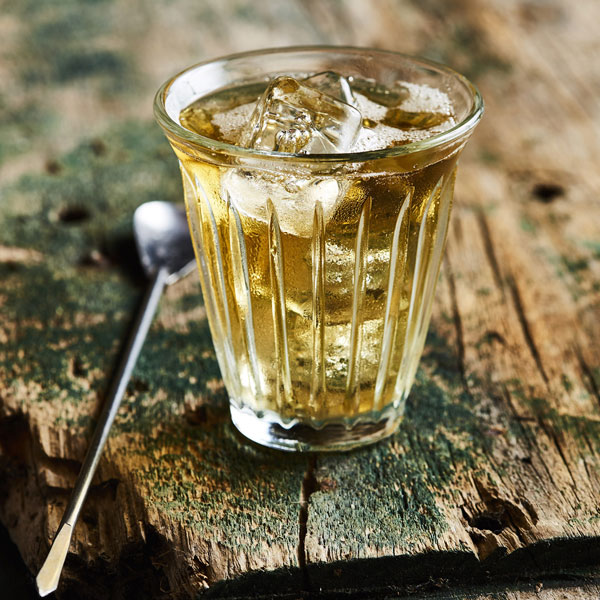
The Stinger in the Rye
Rye is a cool-climate grain. It makes me think of characters in a Strindberg or Ibsen play, silently harvesting their rye as the sun sets at three in the afternoon. And while nettles grow in a wide range of climates, there’s something austere about them that fits with the whole “peasants harvesting rye” image. Perhaps that’s because they sting, which means we must suffer to attain our goal, much as the characters in those Strindberg and Ibsen plays always seemed to be suffering for some reason. Those people were never happy. I think they needed more cocktails.
Makes one drink
Ingredients
- 2 ounces rye whiskey
- Nettle cordial soda
Directions
Pour the rye over ice in a rocks glass. Top up with nettle cordial soda and serve.
TEXT AND RECIPES EXCERPTED FROM THE WILDCRAFTED COCKTAIL © 2017 BY ELLEN ZACHOS.
